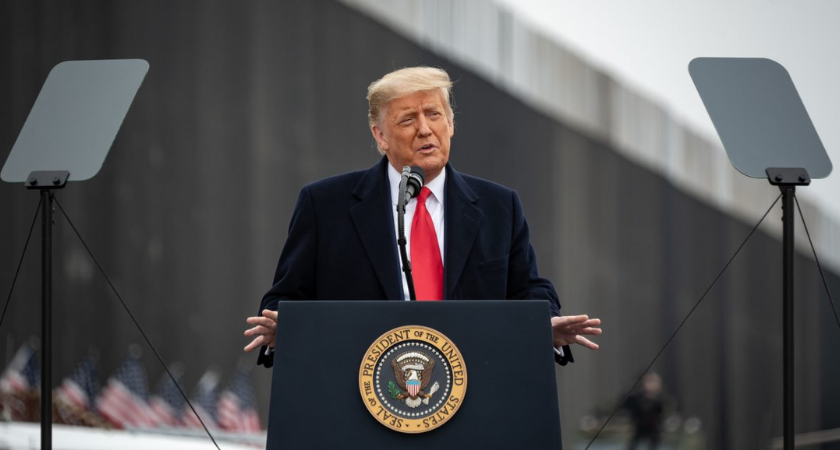
WASHINGTON, D.C., Oct. 22, 2025 – Despite a partial federal government shutdown, construction crews are moving forward with new border barriers in Arizona, a critical step officials say is needed to protect military assets and counter escalating illicit crossings—including increasing attempts by Chinese nationals.

The U.S. Army Corps of Engineers, in partnership with private contractors, has begun erecting a 15-mile stretch of 30-foot steel bollard wall along the Barry M. Goldwater Range, a sprawling 1.1-million-acre military training area on the U.S.-Mexico border. Valued at $230 million, the project replaces a dilapidated 12-foot mesh fence that was vulnerable to breaches, according to The Center Square.
“This is a vital military installation and an invaluable asset,” a Department of War spokesperson said, highlighting that the upgrade is authorized under Section 2803 of Title 10, which allows essential military construction during funding lapses.
The Goldwater Range hosts air-to-ground bombing exercises for the U.S. Air Force, Marine Corps, and Navy, relying on its expansive airspace, larger than Connecticut. Bases such as Luke Air Force Base, Davis-Monthan Air Force Base, and Marine Corps Air Station Yuma depend on the range for training.
The project, awarded to Montana-based BFBC LLC, includes not only the steel panels—each weighing 9,000 pounds—but also patrol roads, secondary barriers, access gates, surveillance cameras, floodlights, and motion-detection technology. Its design mirrors Texas border barriers, featuring anti-climb plates and closely spaced bollards.
“When incursions occur and illegal border crossers get into that area, the ranges must close. That delays the training exercises. It diverts our time and our resources and ultimately impacts readiness,” said Jordan Gillis, assistant Army secretary for energy and installations.
Construction continues under a national security exemption during the shutdown, reflecting the urgency of securing the southwest border.
Recent federal assessments reveal heightened threats, including a sharp increase in illegal crossings by Chinese nationals—from negligible pre-2021 numbers to over 182,000 between fiscal years 2021 and 2024, with more than 22,000 apprehended in the first five months of FY2025 alone.
“The PRC [People’s Republic of China] has made it clear that it considers every sector that makes our society run as fair game in its bid to dominate on the world stage… their plan is to land low blows against civilian infrastructure to try to induce panic and break America’s will to resist,” said former FBI Director Christopher Wray.
FBI Director Kash Patel added at the National Sheriffs’ Association Conference: “They are smart. They are partnering up with the Mexican drug cartels, with the Russians, with the Koreans… Now they’re moving the drug trafficking trade up there [Canada] and they’re moving the fentanyl distribution up there.”
Analysts note that smuggling networks now include sophisticated routes for Chinese migrants through Central America, with incidents like fentanyl precursors linked to China seized at U.S. ports.

Other Arizona and southwest projects include:
$891 million for 43 miles of barriers at Organ Pipe Cactus National Monument
$199.5 million for 60 miles of enhanced systems in the Yuma sector
nearly $607 million for 23 miles of secondary wall + 66 miles of tech upgrades in Tucson and Yuma sectors
These efforts are part of $4.5 billion in CBP funding for 230 miles of physical barriers and 400 miles of “Smart Wall” surveillance technology, originally allocated under the One Big Beautiful Bill Act, which earmarked $46.5 billion for border security enhancements.
Proponents argue that infrastructure, combined with personnel and technology, is crucial to address vulnerabilities and ensure military readiness, particularly amid evolving migration patterns and fiscal pressures.
Construction along the Arizona border underscores a renewed commitment to layered defenses, sending a clear message that securing the nation continues even amid federal budget disruptions.
Originally reported by Matthew Holloway, in California Globe.